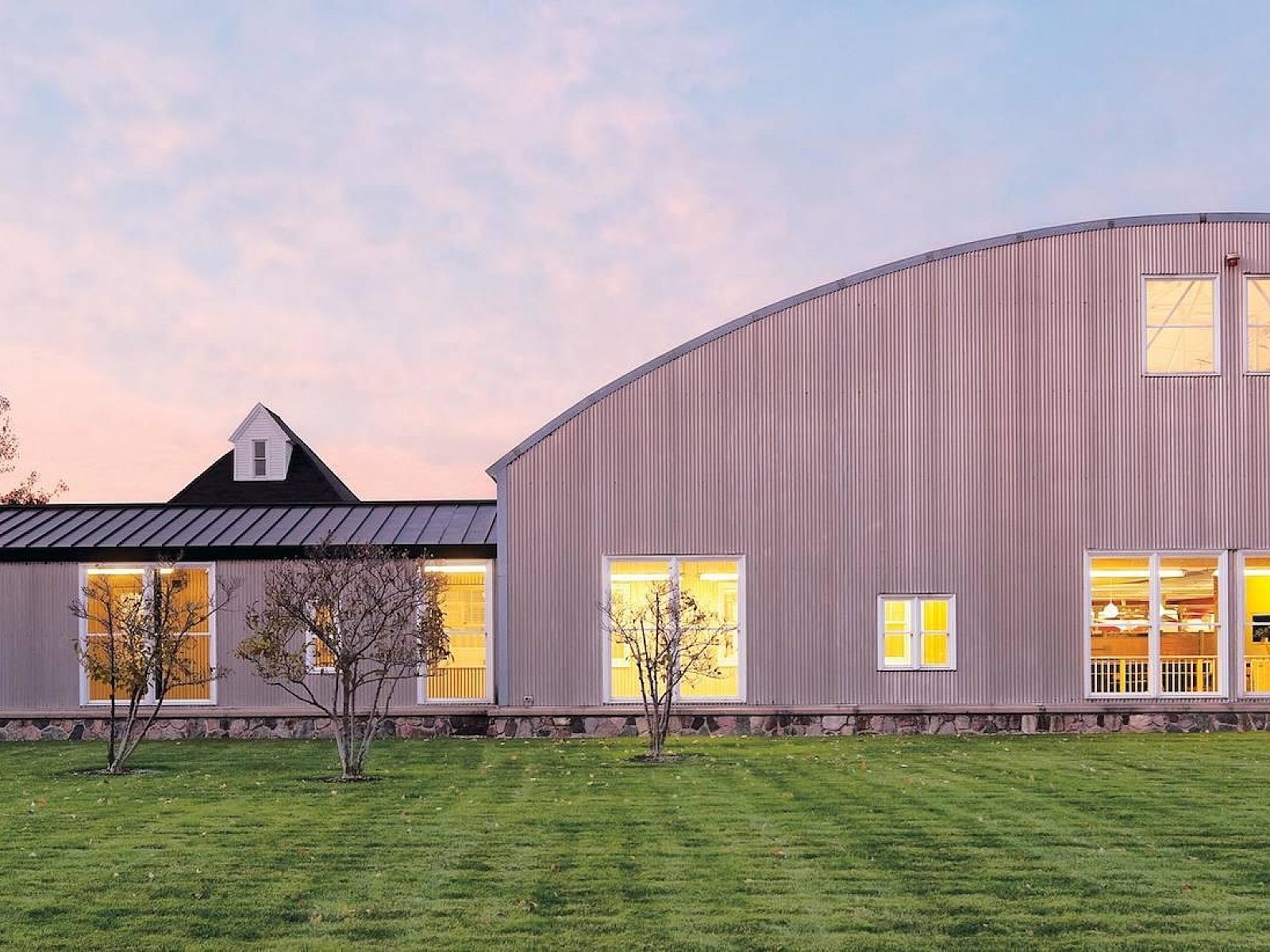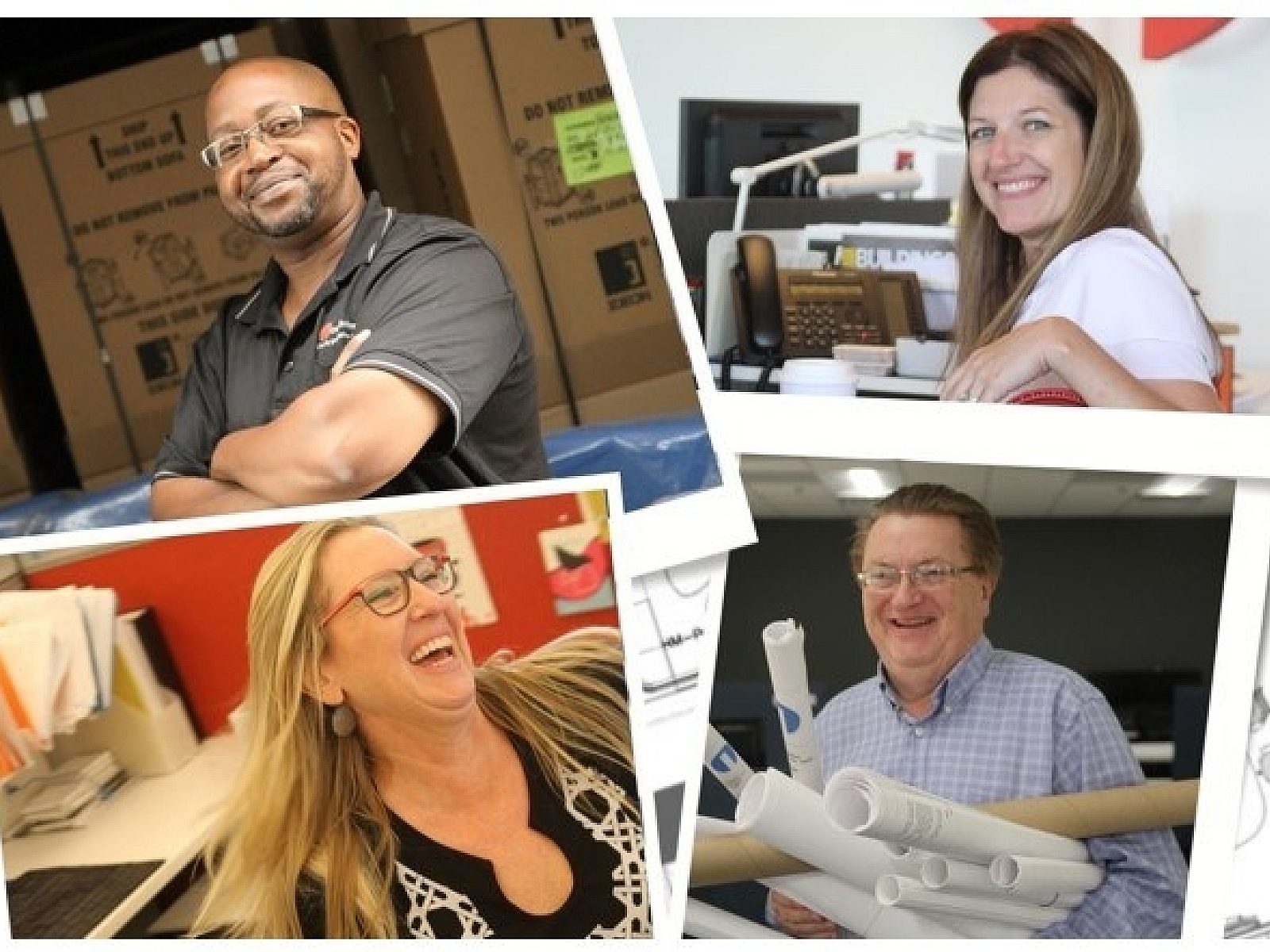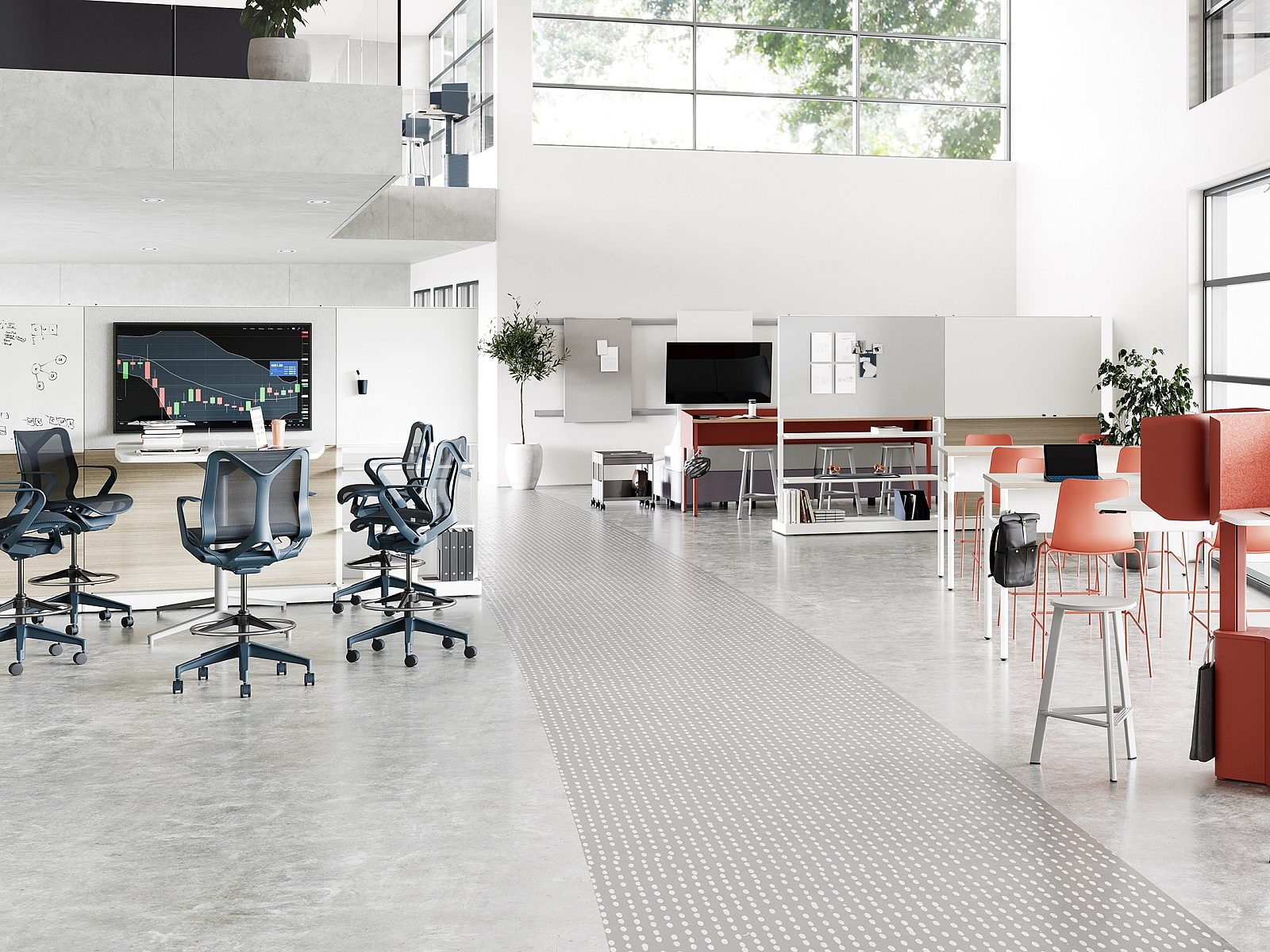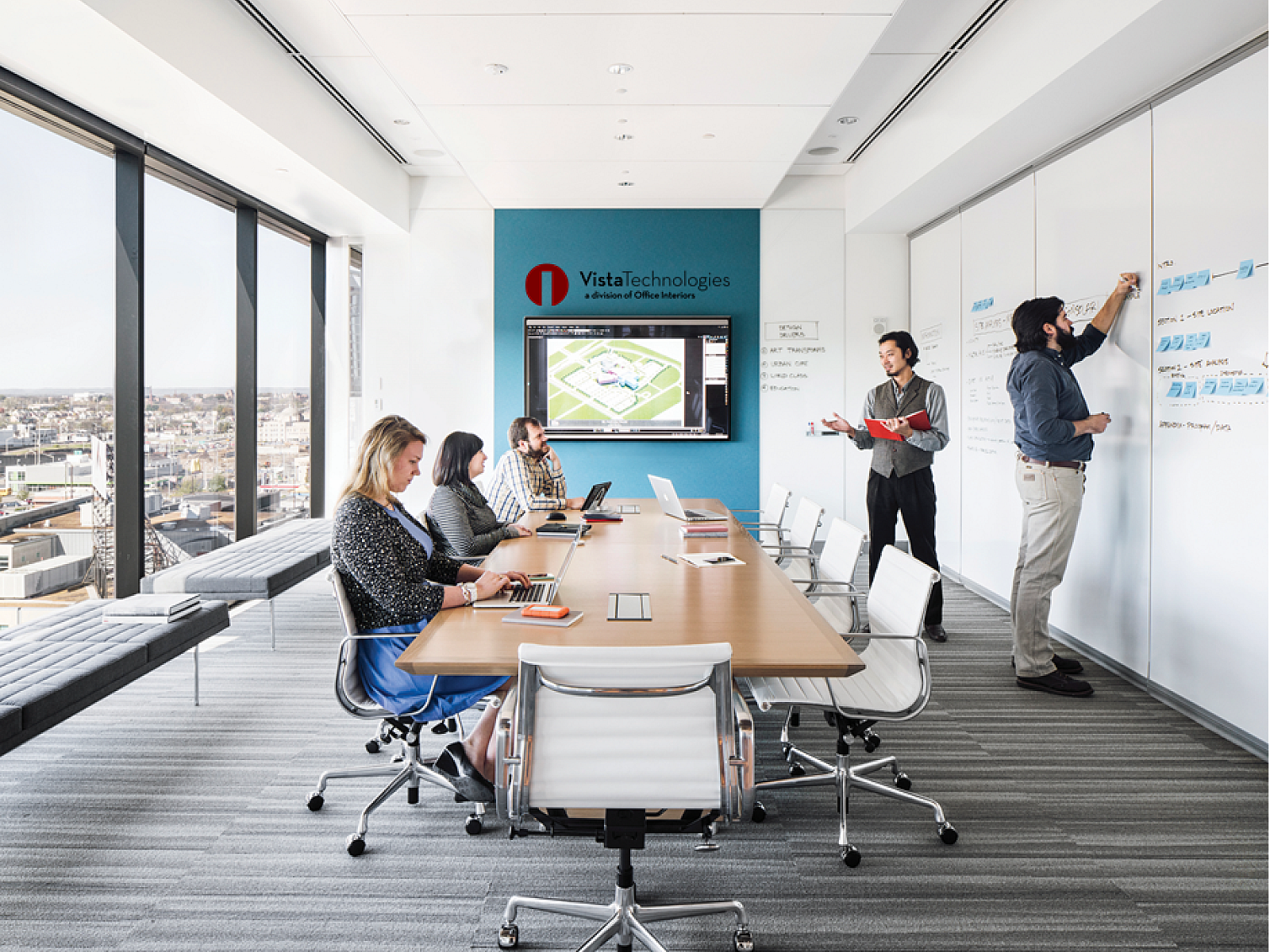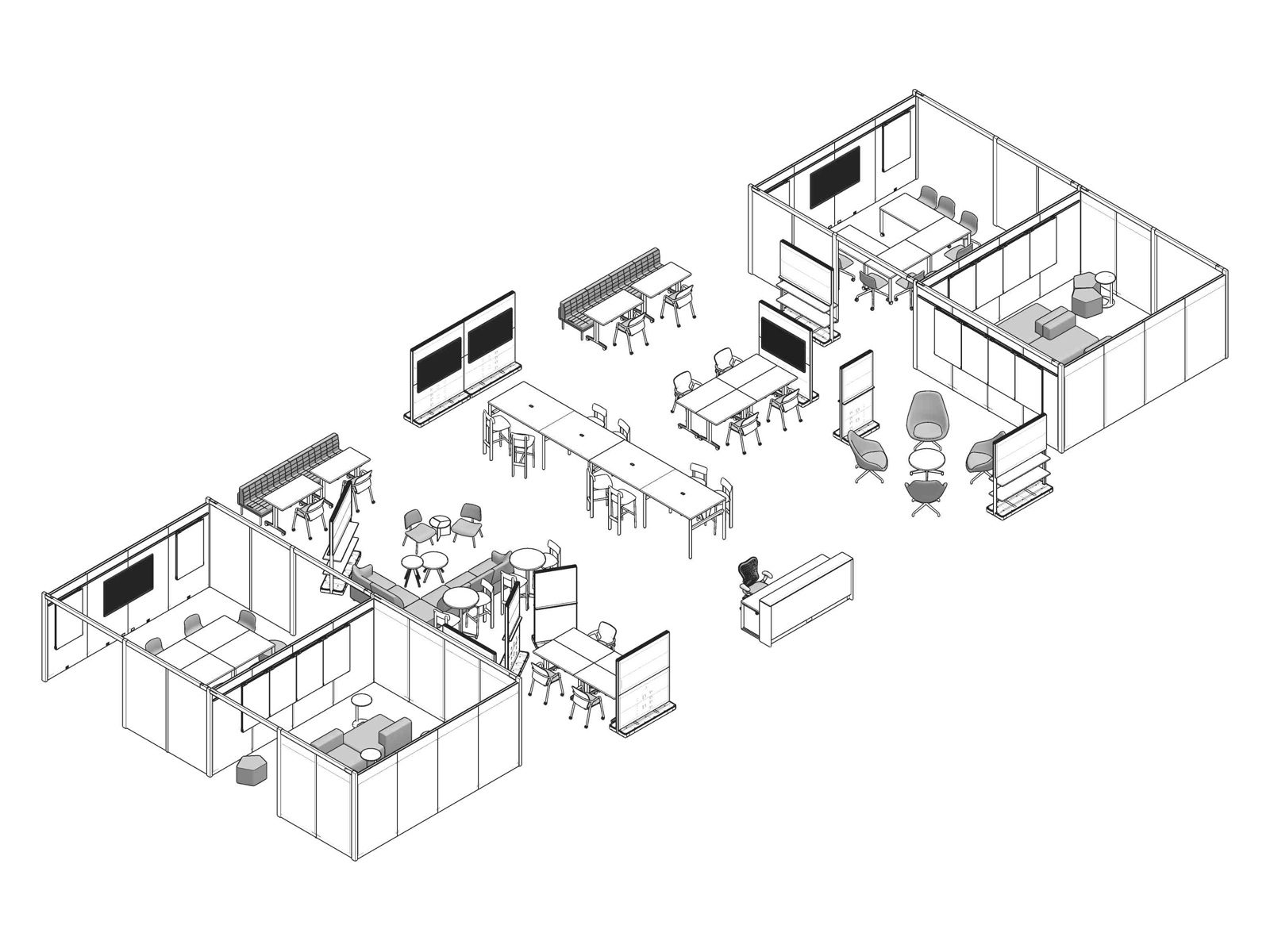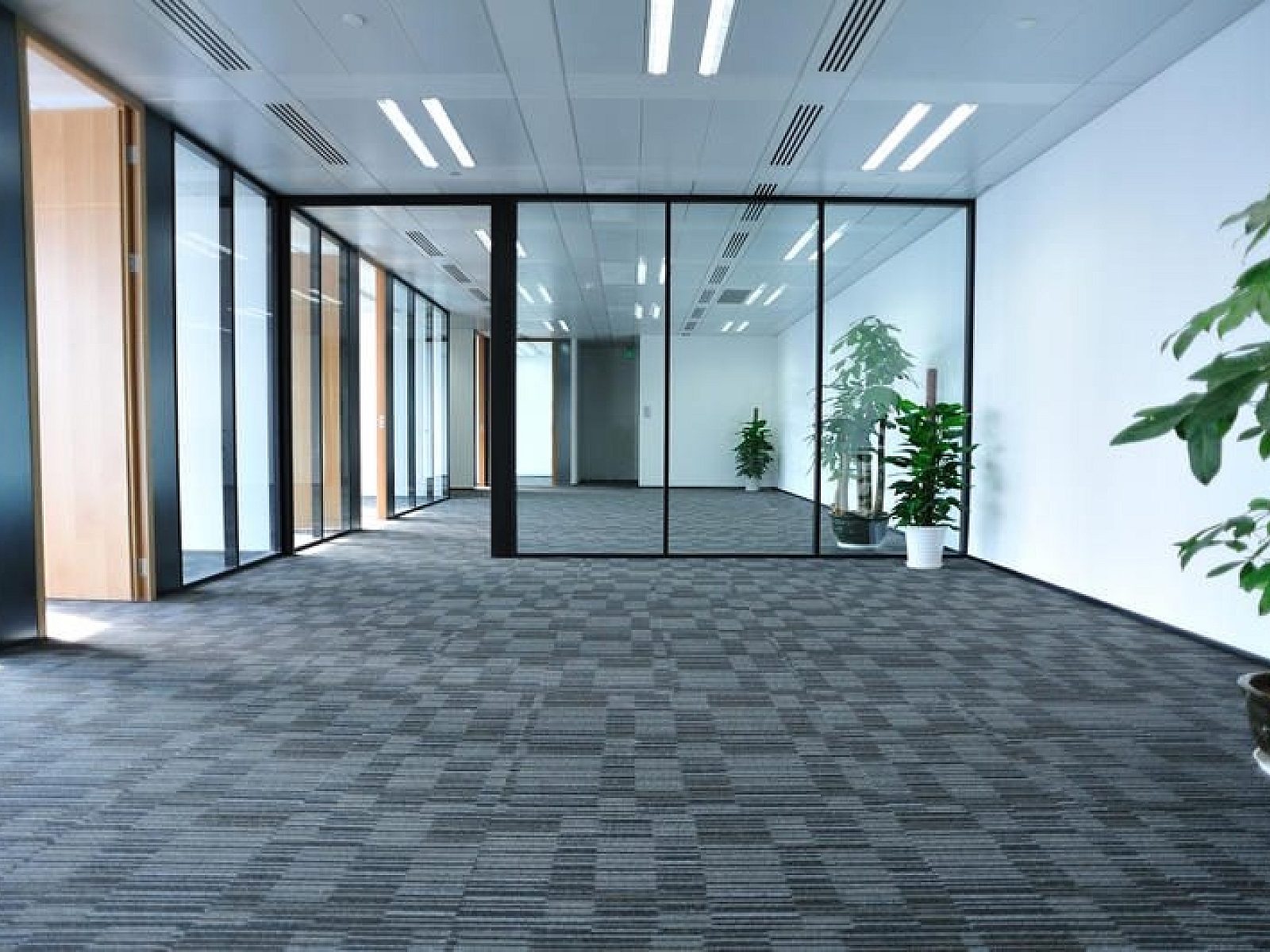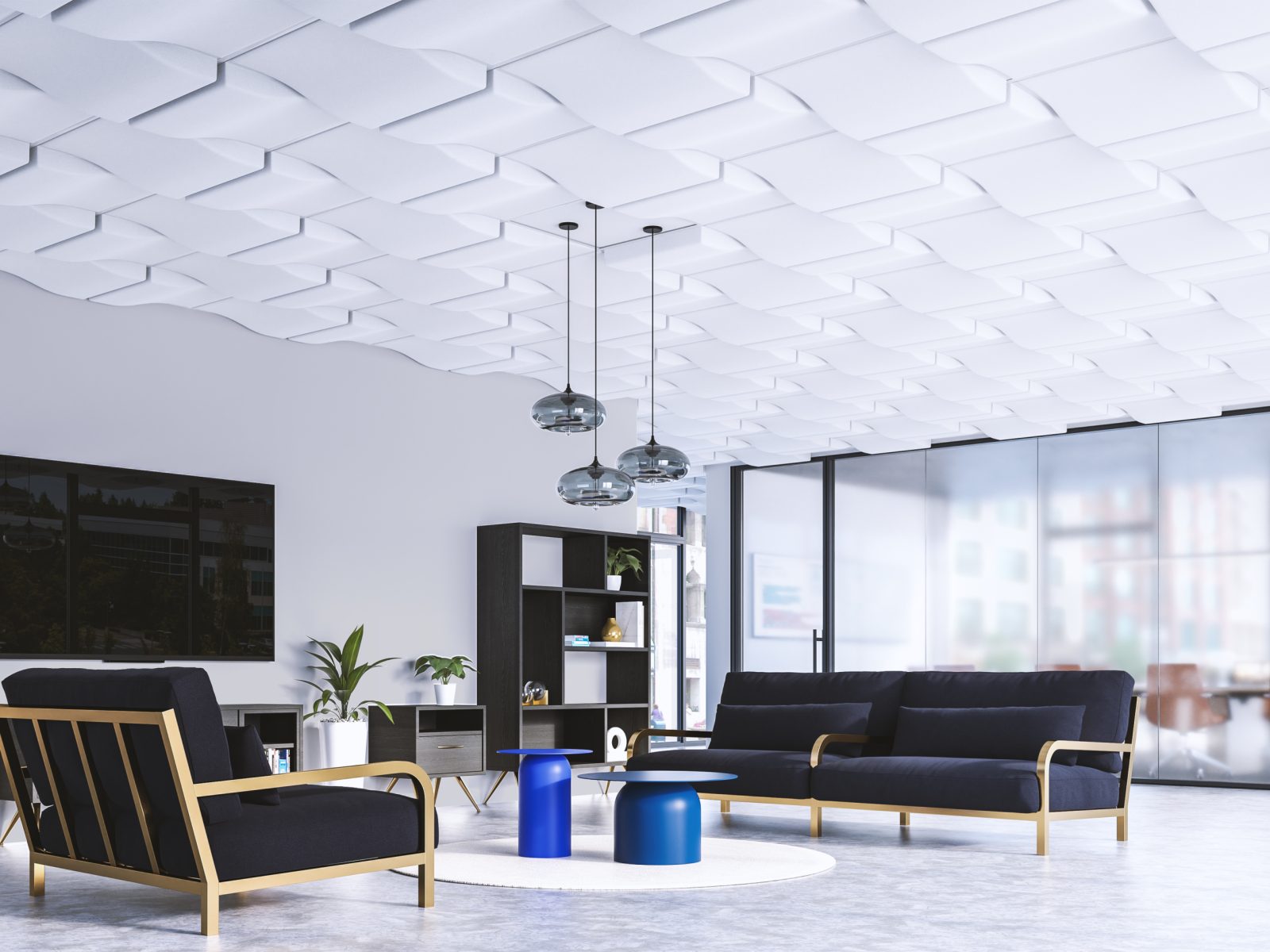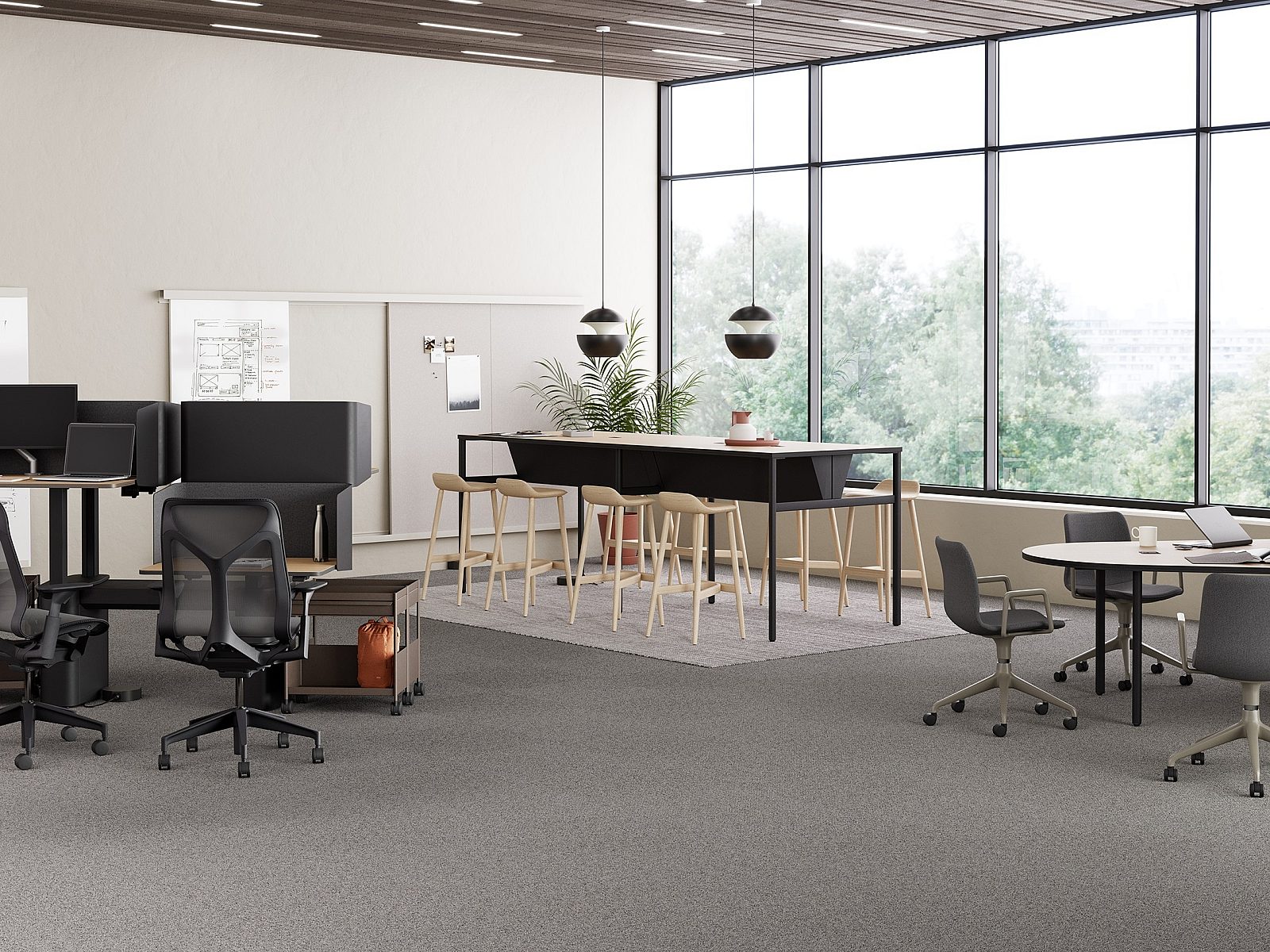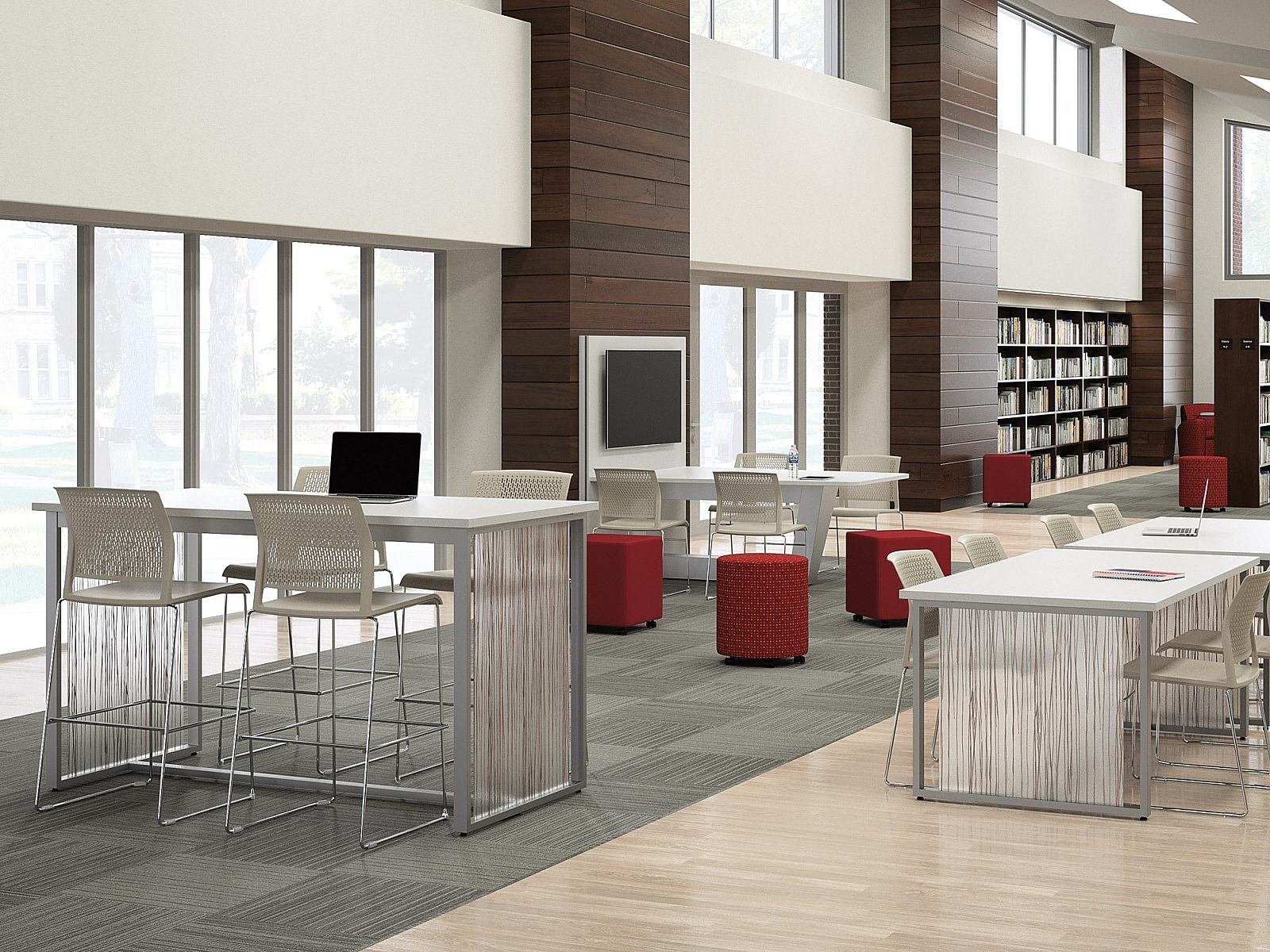Designing Effective Collaborative Workspace
In an era where the evolution of workplace design has become a focal point for businesses aiming to thrive in a competitive landscape, modern workforces demand environments that not only facilitate teamwork but also enhance productivity and innovation.

As teams become more diverse and projects more complex, the necessity for well-designed collaborative spaces becomes even more critical. Notably, more than 50% of workers in the United States report that their jobs rely heavily on collaboration.
Why Businesses are Shifting Towards a Collaborative Workspace
Businesses today are increasingly focused on creating expansive, interconnected work environments that herald a new age of team collaboration. These spaces are more than mere physical locations; they are dynamic ecosystems that foster open communication, collective creativity, and improved efficiency. By breaking down traditional silos and encouraging a fluid exchange of ideas, collaborative workspaces are proving to be breeding grounds for innovation and a key strategy in attracting and retaining top talent.
This shift toward collaborative environments is driven by both changing workforce demographics—including a significant influx of digital-native millennials and Gen Z professionals—and evolving business challenges that require diverse input and rapid problem-solving capabilities. Moreover, studies have shown that a well-designed workspace can significantly affect employee satisfaction, mental health, and overall productivity.
Designing a Collaborative Workspace
A collaborative workspace is an environment tailored to facilitate teamwork, communication, and shared ideation among employees. Here are some ways you can implement a collaborative workspace:
Layouts that Promote Teamwork
The transition to open-plan offices has been a major change from the conventional cubicle-based layout that often stifles collaboration. However, to effectively promote teamwork, balancing areas that cater to varying degrees of privacy and coworking is imperative. This includes zones designed specifically for group work—meeting spaces, breakout areas, and communal tables—merging seamlessly with quieter, more focused workspaces.
Choosing Flexible Furniture
Flexible furniture in collaborative workspaces is crucial because it negates several potential problems that can arise from static environments. Without the adaptability offered by movable desks and modular seating, workspaces may suffer from inefficient space utilization, stifled creativity due to physical and psychological barriers, and lack of adaptability to team or project changes. This rigidity can lead to discomfort and reduced productivity, and decreased employee satisfaction and retention. In essence, flexible furniture addresses the evolving needs of modern workplaces, ensuring that spaces can quickly adapt to support the dynamism of team activities, foster innovation, and maintain high levels of employee engagement and well-being.
The Role of Technology
Today's collaborative work culture is heavily supported by technology. Video conferencing tools, shared digital workspaces, and real-time collaborative software are just a few of the things that may be needed in the modern office. For instance, Crestron's BYOD conference solutions simplify hybrid meeting setups in smaller spaces. Furthermore, Crestron Flex Pods enhance auditory experiences, ensuring everyone can hear and be heard clearly during meetings. These wireless, modular, and scalable devices can easily adjust to suit any meeting size or room layout, facilitating clear communication. Such technologies are crucial for fostering collaboration across different locations, supporting teams that operate remotely and do not share the same physical workspace.

Technologies are essential for fostering collaboration across different locations and supporting remote teams.
Privacy and Sound Management
While open layouts foster collaboration, they can also create issues with privacy and noise. Implementing acoustic panels, sound-masking systems, and strategic space planning are effective solutions to address these issues. These measures ensure that, even within a shared workspace, areas are designated for focused, undisturbed work.
Creating a Comfortable and Inspiring Environment
The design of a workspace extends beyond functionality, touching the realm of psychology. The use of colors, lighting, and the incorporation of plants and artwork can profoundly affect mood, thereby boosting team spirit and productivity. These elements transform a simple workspace into a haven of inspiration and innovation.
Want to Implement a Collaborative Space? Contact Office Interiors
Collaborative workspaces are at the heart of modern work culture, not only because they reflect an evolved approach to doing business but also because they cater to the human element of work. By thoughtfully designing spaces that promote teamwork, and flexibility, integrating technology, and placing emphasis on the psychological well-being of employees, organizations create environments where efficiency and innovation blossom.
Office Interiors curates workspaces that are not just about the work that's done, but about the people who do it. Discover how your workspace can be transformed into a hub of collaboration and innovation with Office Interiors. Contact us today!



